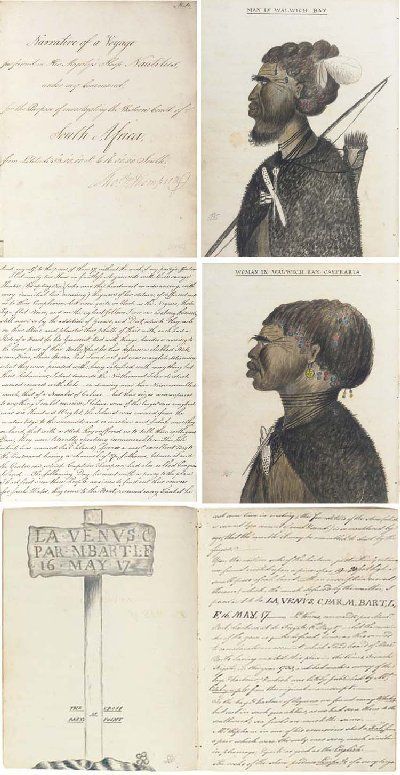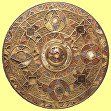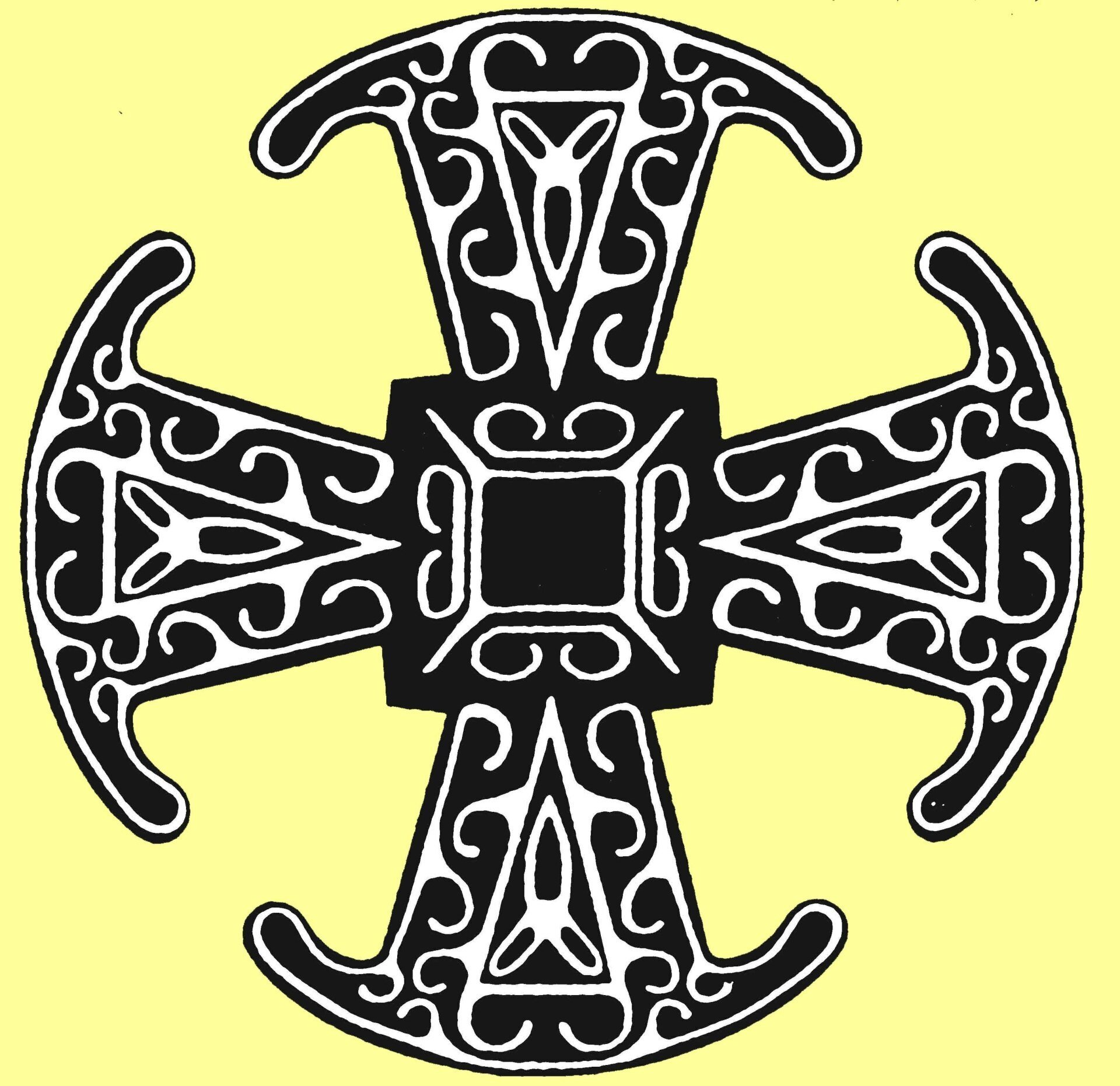
Manuscript above entitled 'Narrative of a Voyage produced whilst on the Nautilus for the purpose of investigating the Western Coast of South Africa, 1 February - 23 July 1786. It was written and signed by Thompson on the title page and at end of text.
This was one of the earliest and most important sources of information about the coast of Namibia and its people. The voyage was undertaken to explore the possibility of establishing a penal colony near a suitable harbour where ships of the Royal Navy or British Indiamen could refit.
The loss of the American colonies had forced the British Government to rethink its transportation policy. Two localities were suggested for the establishment of new penal colonies in strategically important situations: Das Voltas on the south-western coast of Africa and Botany Bay.
The expedition to assess the suitability of Das Voltas was disguised as an inspection of forts and settlements but secret orders were issued by the Admiralty to survey the south-western coast of Africa between 20° and 30° south latitudes.
Thomas Boulden Thomson
Sir Thomas Boulden Thompson, 1766?-1828, was born at Barham in Kent 28 February (probably in 1766).
He first went to sea in 1778 on the Hyrena and served in the Hyrena throughout her commission, on the home station in the West Indies and on the coast of South America. In 1783 he was appointed to the Grampus on the west coast of Africa and in 1786 to be commander of the Nautilus (see image notes and image opposite).
In 1787 he brought Nautilus home and went on half-pay. In 1796. He was appointed to the 50-gun ship Leander, which in the spring of 1797, he joined off Cadiz. He was shortly afterwards detached with the squadron under Sir Horatio (later Viscount) Nelson, against Teneriffe, being specially included on account of his 'local knowledge,' gained, presumably, while in the Grampus or Nautilus. In the attempt on Santa Cruz; Thompson received a minor wound, which necessitated his going home.
The following summer he was sent into the Mediterranean to reinforce Sir Horatio Nelson, and eventually to fight the Battle of the Nile on 1-2 Aug. The Leander could not be counted as a "ship of the line" but by taking up a position between two of the French ships, she (while herself in relative safety) raked the two French ships and the ships beyond. He was afterwards ordered by Nelson to carry home Captain Edward Berry with his dispatches; but falling in with the French 74-gun ship Genereux, near the west-end of Crete, on 18 Aug., the Leander, in which both Thompson and Berry were severely wounded, was captured and taken to Corfu. They were, however, allowed to return overland to England where he was specially complimented as deserving of every praise his country and the Court could give. On his acquittal, Thompson was knighted and awarded a pension of £200 per annum.
In the spring of 1799 he was appointed to the 74-gun ship Bellona, one of the fleet off Brest under Lord Bridport. He was shortly afterwards sent into the Mediterranean; but a few months later he returned to the Channel and took part in the blockade of Brest, till in March 1801 the Bellona was attached to the fleet for the Baltic under Sir Hyde Parker. When it was determined that Nelson should attack the Danish fleet and the defences of Copenhagen, the Bellona was one of the ships selected for the work. But on entering the channel on the morning of 2 April she ran aground on the edge of the shoal and stuck fast, helpless, and within long range of the Danish guns. She thus suffered severely, had eleven killed and sixty-three wounded; and among these latter was Thompson, who lost a leg. His pension was raised to £500 , and some years later to £700. He was also appointed to the command of the Mary yacht..
He married, in February 1799, Anne, eldest daughter of Robert Raikes of Gloucester, became a rear-admiral on 25 October 1809, vice-admiral on 4 June 1814, was nominated a K.C.B. on 2 January 1815, and a G.C.B. on 14 September 1822. He was Member of Parliament for Rochester from May 1807 to June 1818 and died at his house at Hartsbourne in Hertfordshire on 3 March 1828.




